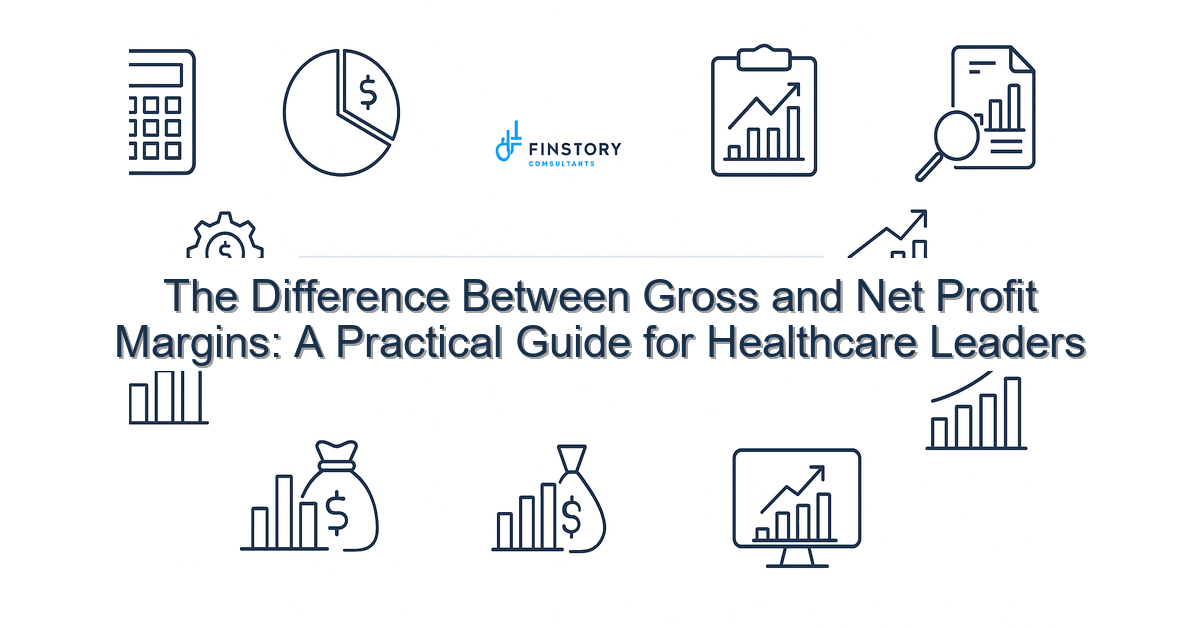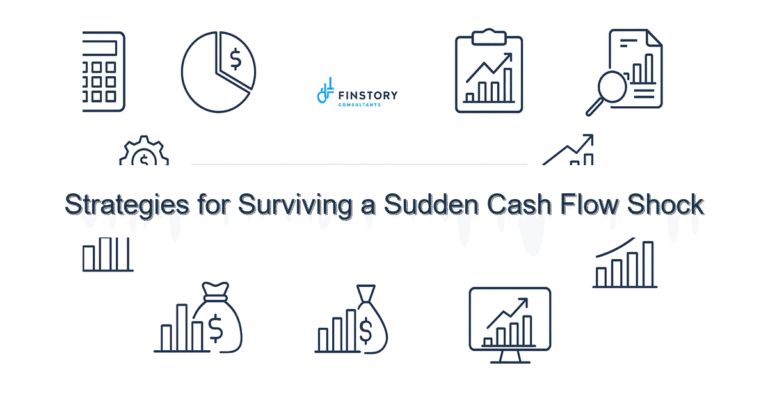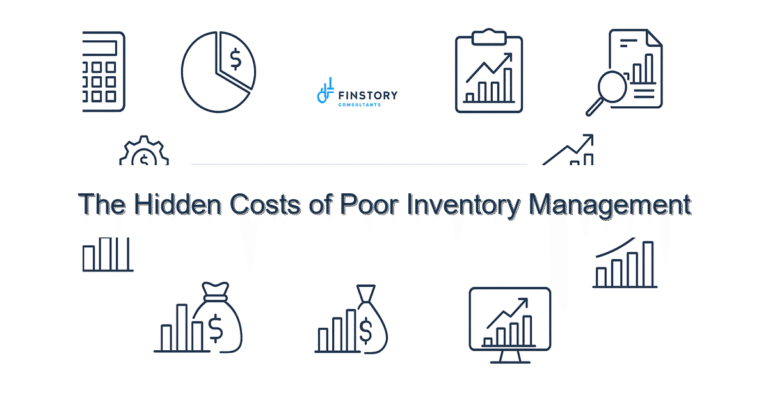The Difference Between Gross and Net Profit Margins: A Practical Guide for Healthcare Leaders
You’re juggling staffing shortages, rising supply costs, and expectations to hit margin targets. You already track margins, but are they telling the whole story—or steering you toward the wrong fixes?
Summary: Clear definitions and consistent reporting of gross and net profit margins give you the context to choose the right levers—pricing, case mix, staffing, or overhead controls—so you turn operational insight into sustained financial health.
What’s the real problem?
In healthcare, leaders often treat margin numbers like a single scoreboard. But gross and net margins answer different questions. Confusing them can produce well-intentioned actions that don’t improve—or even hurt—profitability.
- Symptom: You cut supply purchasing to improve margins, but net margin barely budges.
- Symptom: Gross margin improves after a service line change, yet cash flow worsens.
- Symptom: Monthly margin swings surprise the board despite stable volumes.
- Symptom: Teams report “good margins” while administrative costs escalate unnoticed.
What leaders get wrong
Common pitfalls are rarely malicious. They come from blending finance, operations, and clinical realities without a shared lens.
- Equating gross margin gains with overall profitability. Gross only covers direct costs—not admin, compliance, IT, or debt service.
- Using inconsistent cost definitions across departments. One department counts salaries as direct; another doesn’t.
- Reacting to short-term gross margin noise instead of understanding structural drivers of net margin.
- Underinvesting in the revenue cycle or automation because gross margin looks “healthy.”
A better approach
Treat gross and net margins as complementary signals. Gross margin shows how well you manage the clinical cost of care. Net margin tells you whether the whole enterprise is sustainable.
Simple 5-step framework:
- 1) Define consistently. Agree enterprise-wide definitions for direct costs (COGS) versus operating expenses. Document them.
- 2) Map cost pools to activities. Tie supplies, implants, and procedure labor to line-level revenue; map overhead to administrative drivers.
- 3) Report both margins weekly and monthly. Show variance drivers: pricing, volume mix, utilization, and overhead.
- 4) Model scenarios. Forecast how a 5% change in supply cost or a 2% increase in RCM efficiency affects net margin.
- 5) Embed into leadership decisions. Use margins to choose where to invest—clinical standardization, automation, or contract renegotiation.
Real-world snapshot: A midsize orthopedic clinic had a 40% gross margin on joint replacement cases (revenue $1.2M; direct costs $720k). Leadership optimized implants and saved $60k per year—small win. But net margin stayed flat because billing denials rose and back-office overtime grew. After mapping costs, the CFO shifted $120k into RCM automation and trimmed denials by 30%, improving net margin by 3 percentage points within six months. The lesson: fix the process that moves the net needle, not only the line item that looks big.
Quick implementation checklist
- Agree on definitions of gross profit and net profit with FP&A and operations.
- List direct costs by service line (supplies, implants, clinical labor) this week.
- Identify top 5 cost drivers in the P&L and assign an owner to each.
- Run a 3-month rolling gross vs. net margin variance analysis.
- Model a 1–2 scenario where supply costs or case mix shifts by 5%.
- Tag overhead into fixed vs. variable buckets for planning.
- Publish a one-page margin dashboard for the executive team.
- Schedule a 30-minute cross-functional review to align on one action based on the dashboard.
What success looks like
- Margin reporting accuracy improves to >98% after reconciliation of cost definitions.
- Time to produce monthly margin report drops from 10 days to 3 days.
- Net margin increases by 2–4 percentage points within 6–12 months after targeted interventions.
- Revenue cycle denial rate drops by 20–40% when RCM gets prioritized over marginal supply savings.
- ROI on automation investments reaches payback within 12–18 months for typical RCM/analytics projects.
Risks & how to manage them
- Risk: Misclassification of costs creates misleading margins. Mitigation: Run a one-time P&L audit and lock definitions into your chart of accounts.
- Risk: Focus on gross margin leads to underinvestment in revenue recovery. Mitigation: Tie leadership incentives to net margin and cash metrics, not only gross.
- Risk: Data quality gaps slow decision-making. Mitigation: Start with a small, high-impact data package (top 3 service lines) and quick wins before scaling.
Tools & data
Use finance automation to reduce manual reconciliations and free your analysts for insight work. A typical stack includes the general ledger, ERP integrations, and a BI layer for reporting.
Power BI or similar tools let you build leadership-facing reports that combine gross and net views, variance drivers, and scenario sliders. Embed KPIs into weekly leadership reporting so operations and finance meet with a shared agenda.
Next steps
If you want a pragmatic next step: pick one service line and apply the 5-step framework. Run a two-week deep-dive to reconcile cost definitions, map cost pools, and publish a one-page margin summary for the executive team. If you’d like help aligning the finance and operations teams or building the dashboard, contact Finstory for a short diagnostic.
Work with Finstory. If you want this done right—tailored to your operations—we’ll map the process, stand up the dashboards, and train your team. Let’s talk about your goals.
📞 Ready to take the next step?
Book a 20-min call with our experts and see how we can help your team move faster.
Prefer email or phone? Write to info@finstory.net
or call +91 44-45811170.






